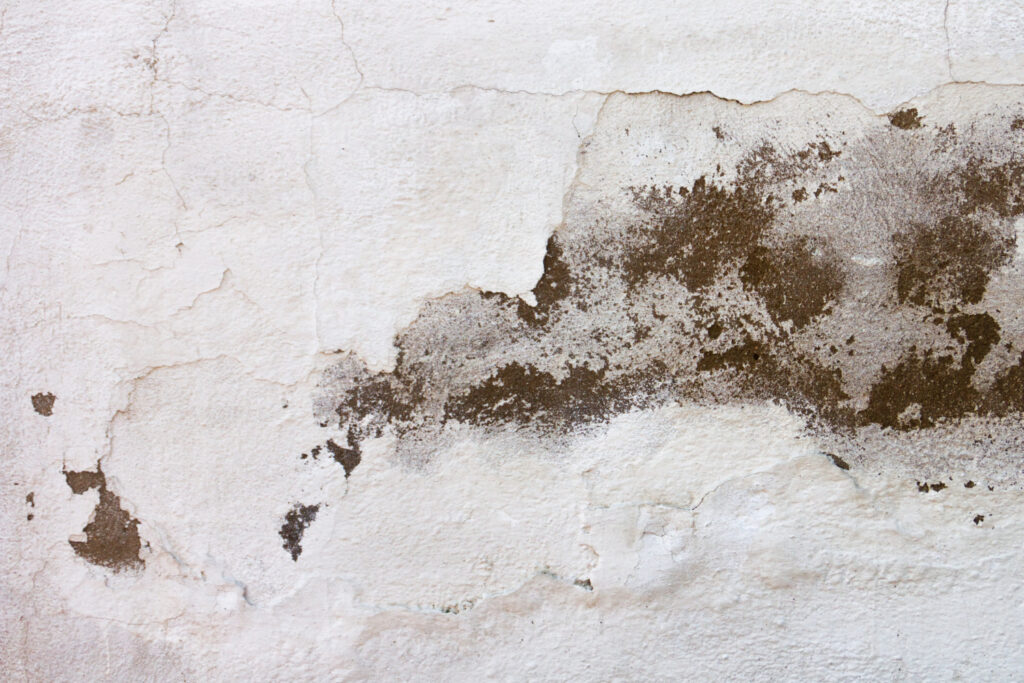
As homeowners, we invest time and effort into creating a safe haven for ourselves and our loved ones. From ensuring the roof doesn’t leak to keeping the lawn manicured, there’s always something to maintain. But one often overlooked aspect of home maintenance is mold inspection. Mold might seem like a minor inconvenience, but left unchecked, it can wreak havoc on both our health and the structural integrity of our homes.
Understanding the Threat: What is Mold?
Mold is a type of fungus that thrives in damp, humid environments. It can grow on various surfaces, including walls, ceilings, and even furniture. While some molds are harmless, others can produce toxic substances known as mycotoxins, which can pose serious health risks, especially to individuals with respiratory conditions or compromised immune systems.
The Hidden Dangers of Mold
Health Risks – Exposure to mold can trigger allergic reactions, respiratory problems, and other health issues. Symptoms may include coughing, sneezing, headaches, and skin irritation.
Structural Damage – Mold can compromise the structural integrity of a property by weakening walls, floors, and ceilings. In severe cases, it can lead to costly repairs and even render the property uninhabitable.
Reduced Property Value – The presence of mold can significantly decrease the value of a property, making it harder to sell or rent out.
The Importance of Mold Inspection
Regular mold inspection is essential for maintaining a safe and healthy living environment. Here’s why:
- Early Detection – Mold inspection allows homeowners to identify and address mold growth in its early stages, preventing it from spreading and causing further damage.
- Health Protection – By detecting and removing mold promptly, homeowners can protect themselves and their families from the health risks associated with mold exposure.
- Property Preservation – Inspecting for mold helps preserve the structural integrity of the property, potentially saving homeowners thousands of dollars in repair costs down the line.
When to Conduct Mold Inspection
So, how do you know when it’s time to conduct a mold inspection? Here are some signs to watch out for:
- Visible Mold – If you notice mold growth anywhere in your home, it’s crucial to conduct a thorough inspection to determine the extent of the problem.
- Musty Odors – A musty or earthy odor could indicate the presence of mold, even if it’s not visible. If you detect such odors, it’s wise to investigate further.
- Water Damage – Any past or present water damage, such as leaks or flooding, increases the risk of mold growth. If your home has experienced water damage, it’s essential to inspect for mold regularly.
DIY vs. Professional Mold Inspection
While DIY mold inspection kits are available, they may not always provide accurate results. Professional mold inspectors have the expertise and specialized equipment needed to detect mold effectively. Here are some reasons to consider hiring a professional:
Expertise – Professional mold inspectors are trained to identify mold growth and assess the extent of the problem accurately.
Comprehensive Inspection – Professionals conduct thorough inspections, including areas that may be difficult for homeowners to access, such as crawl spaces and attics.
Accurate Results – Professional mold inspection services use advanced testing methods to provide accurate results, helping homeowners make informed decisions about mold remediation.
Mold Remediation: Addressing the Problem
If mold is detected during an inspection, prompt remediation is crucial to prevent further damage and protect your health. Here’s what the remediation process typically entails:
- Identify the Source – The first step is to identify and address the source of moisture that is fueling the mold growth. This may involve repairing leaks, improving ventilation, or addressing drainage issues.
- Containment – To prevent the spread of mold spores to other areas of the property, affected areas may be contained using plastic sheeting and negative air pressure.
- Removal – Mold-infested materials, such as drywall or carpeting, may need to be removed and disposed of safely. Non-porous surfaces can usually be cleaned and treated to remove mold.
- Prevention – Once the mold has been removed, measures should be taken to prevent its recurrence. This may include improving ventilation, reducing humidity levels, and using mold-resistant building materials.
Conclusion: Investing in Healthier Homes
In conclusion, mold inspection plays a crucial role in property maintenance, helping homeowners create safer and healthier living spaces. By detecting mold early and addressing it promptly, homeowners can protect their health, preserve the value of their property, and ensure the long-term structural integrity of their homes. Whether through DIY methods or professional inspection services, investing in mold inspection is an investment in the well-being of both your home and your family. So, don’t overlook this essential aspect of home maintenance—your health and your home will thank you for it.
FAQs (Frequently Asked Questions)
Here are some common questions homeowners may have about mold inspection and remediation:
Q: Is mold inspection necessary if I don’t see any visible mold?
A: Yes, mold inspection is still necessary even if you don’t see any visible mold. Mold can often grow in hidden areas, such as behind walls or under flooring, where it may not be immediately visible. A professional mold inspection can help identify hidden mold growth and prevent potential health hazards.
Q: How often should I have my home inspected for mold?
A: The frequency of mold inspection depends on various factors, including the age and condition of your home, any history of water damage, and your location’s climate. As a general rule of thumb, it’s a good idea to have your home inspected for mold at least once a year, especially if you live in a humid climate or have experienced water damage in the past.
Q: Can I conduct a mold inspection myself using a DIY kit?
A: While DIY mold inspection kits are available, they may not always provide accurate results. Professional mold inspectors have the expertise and specialized equipment needed to detect mold effectively. If you suspect mold growth in your home, it’s best to hire a professional for a thorough inspection.


